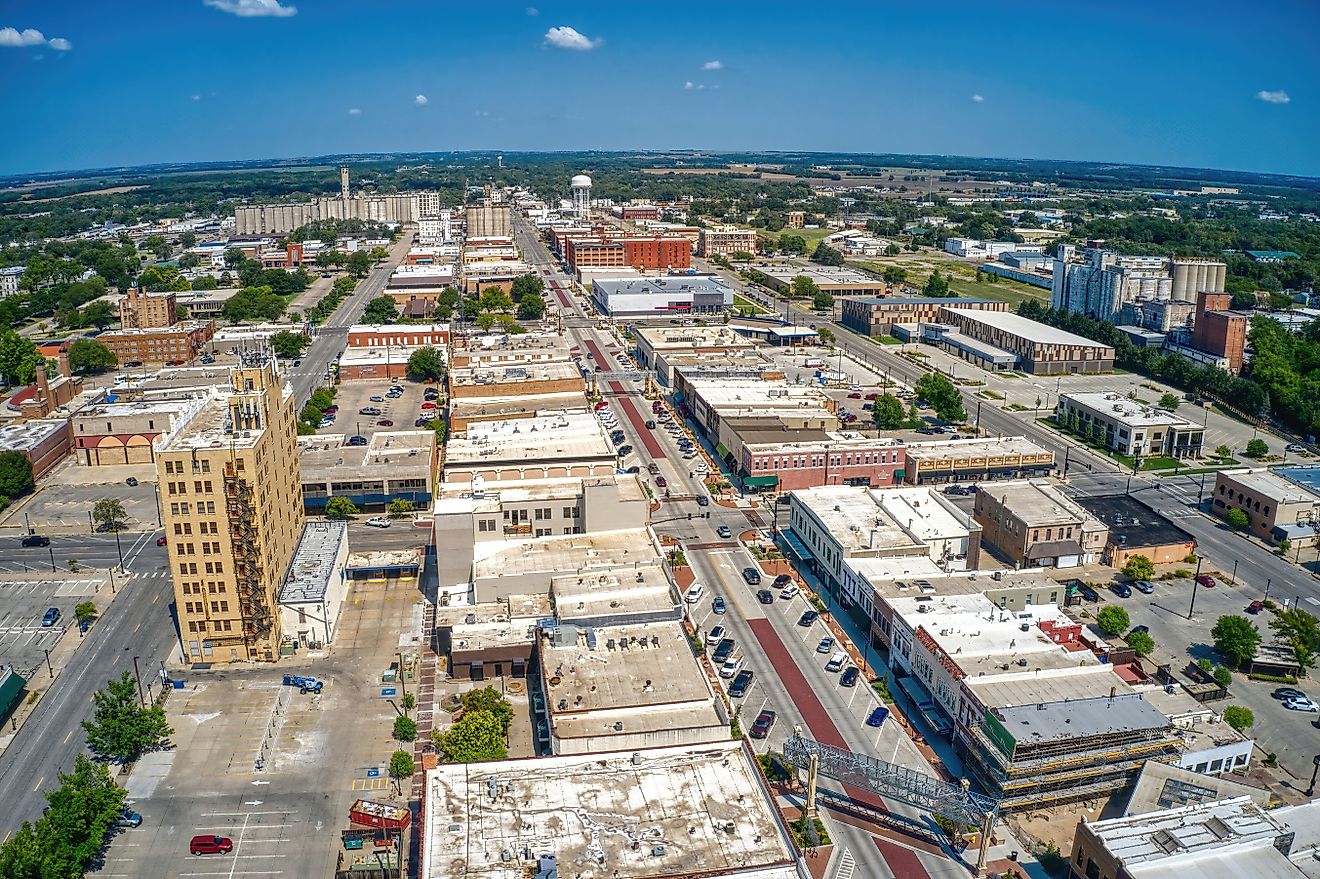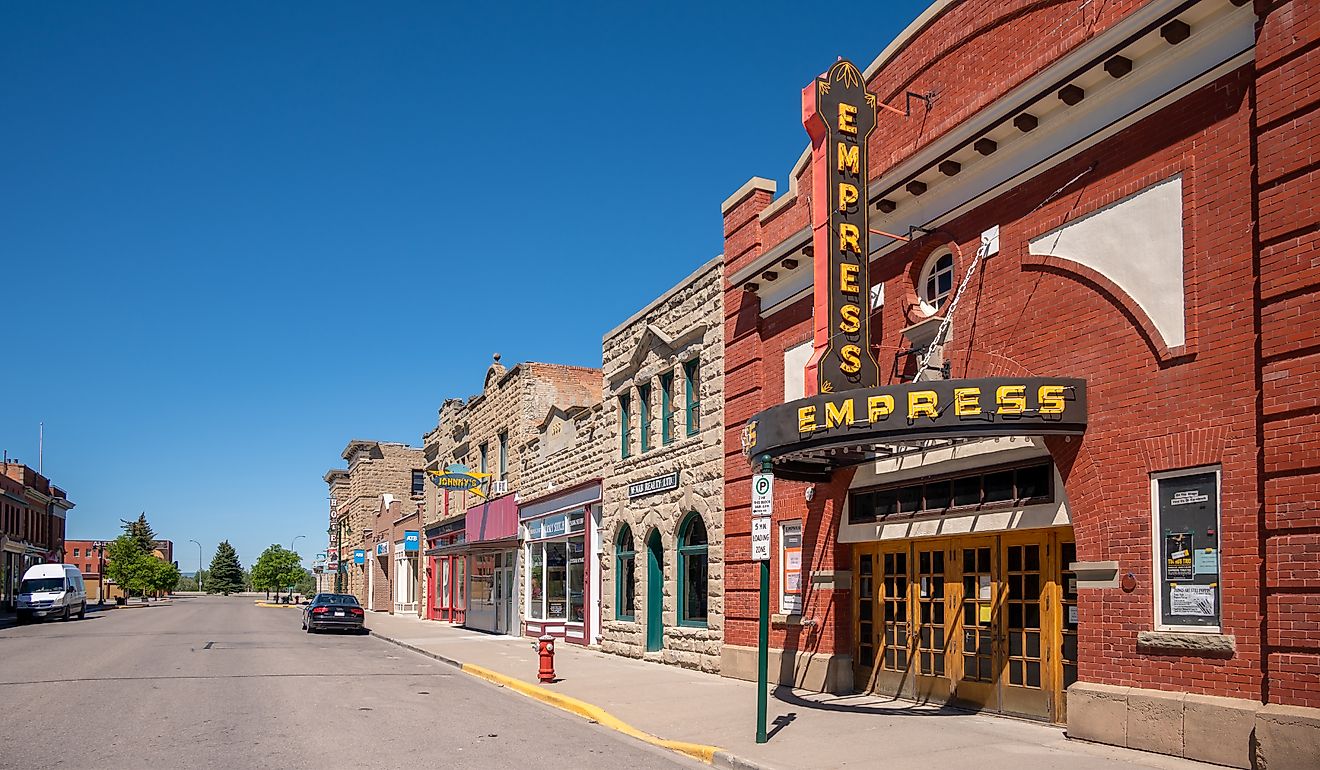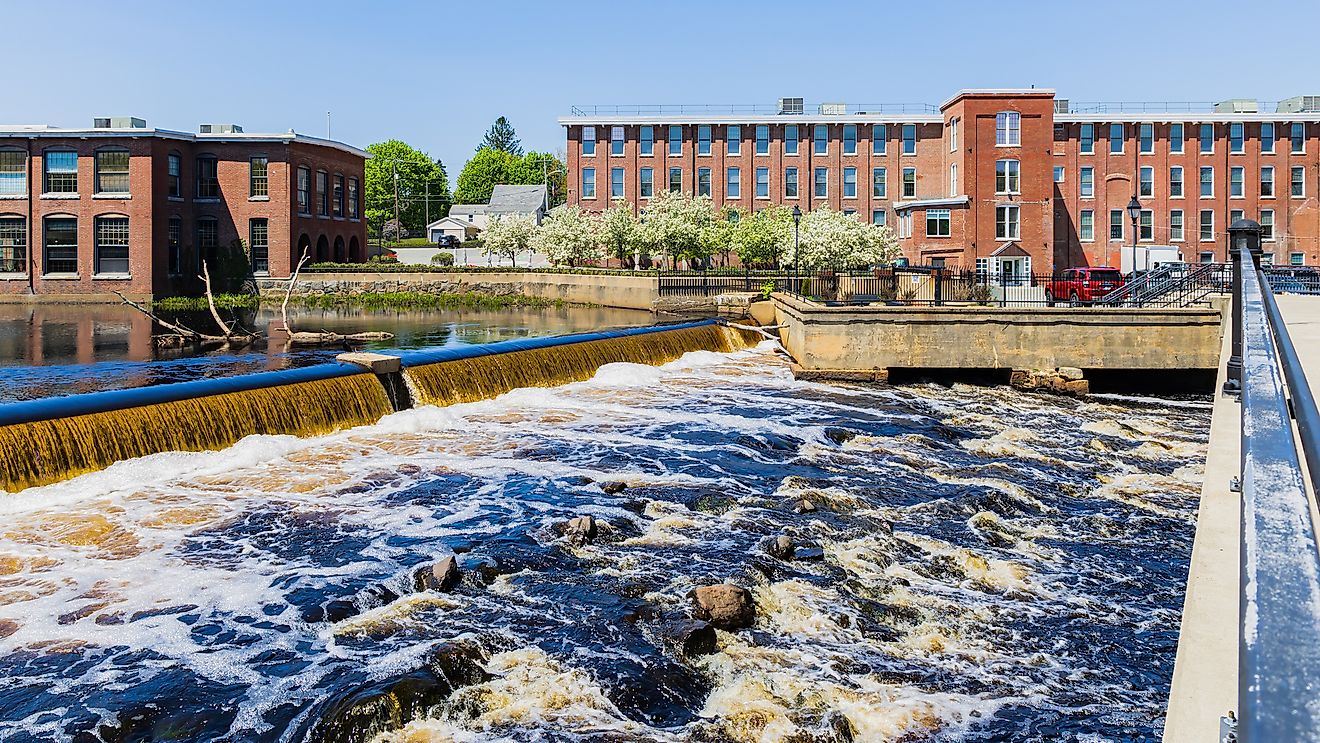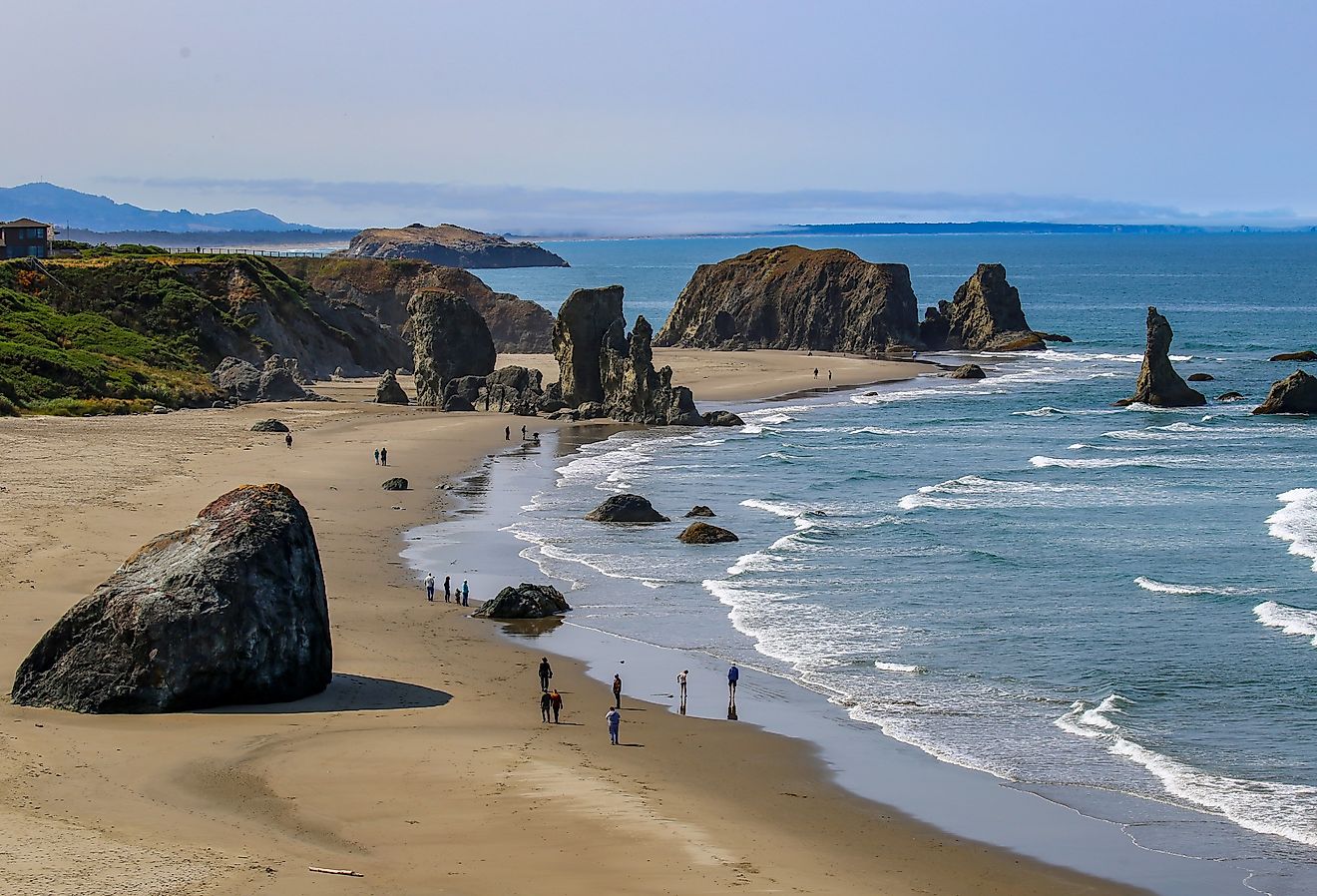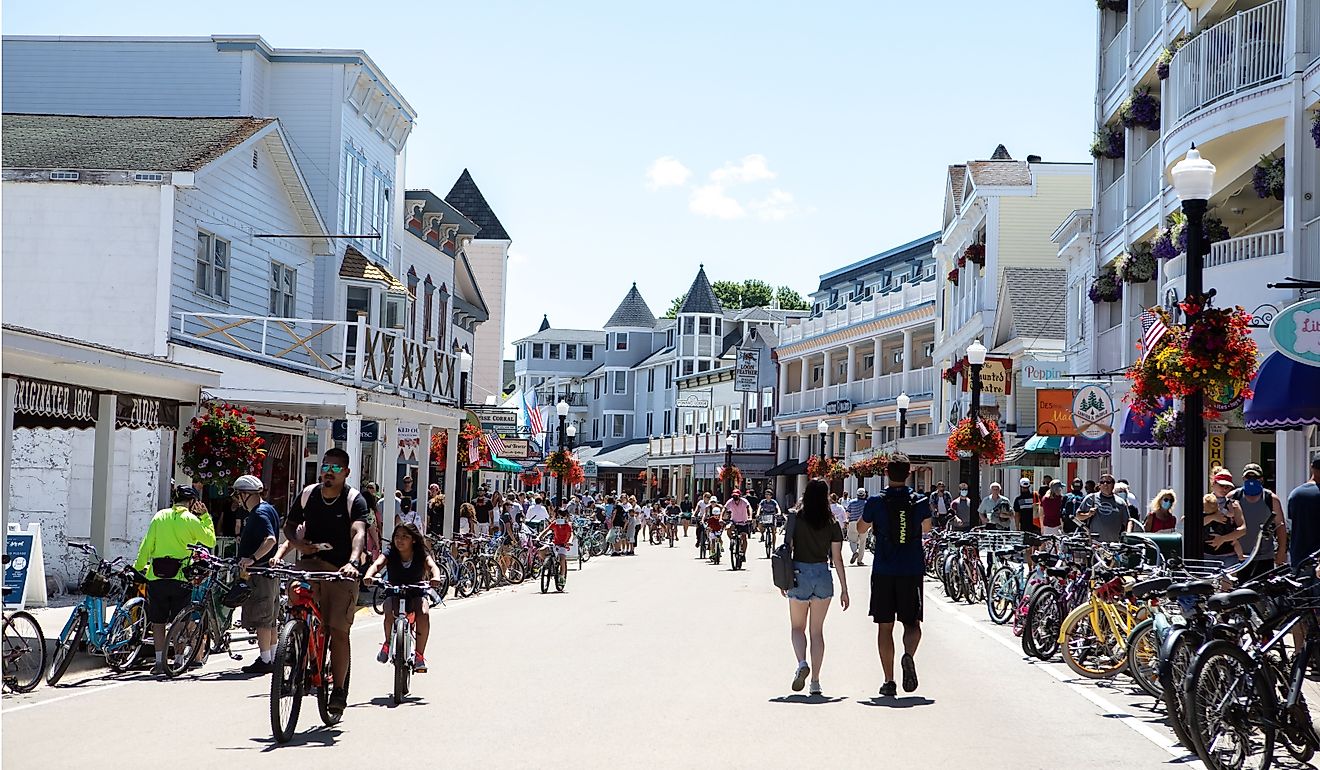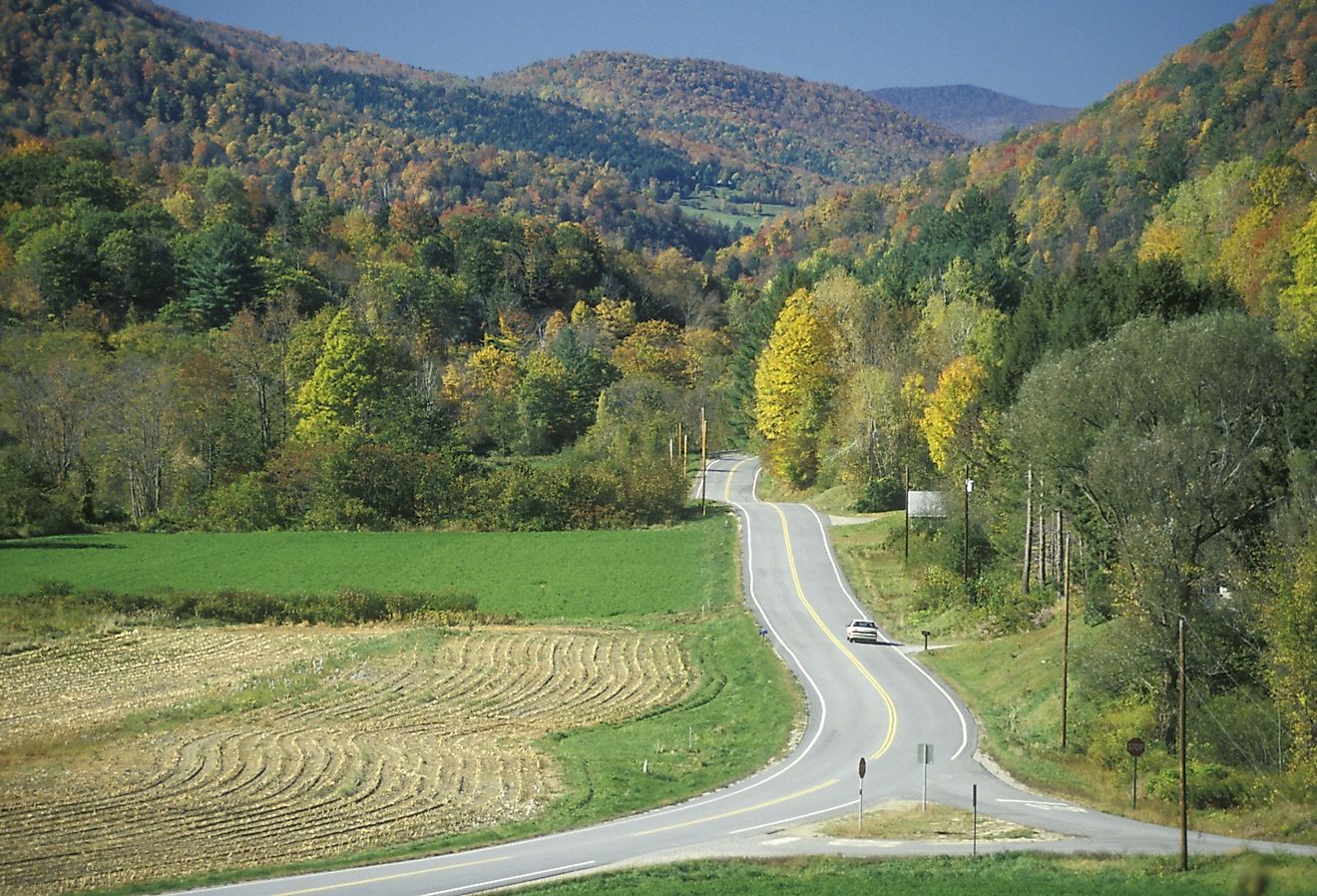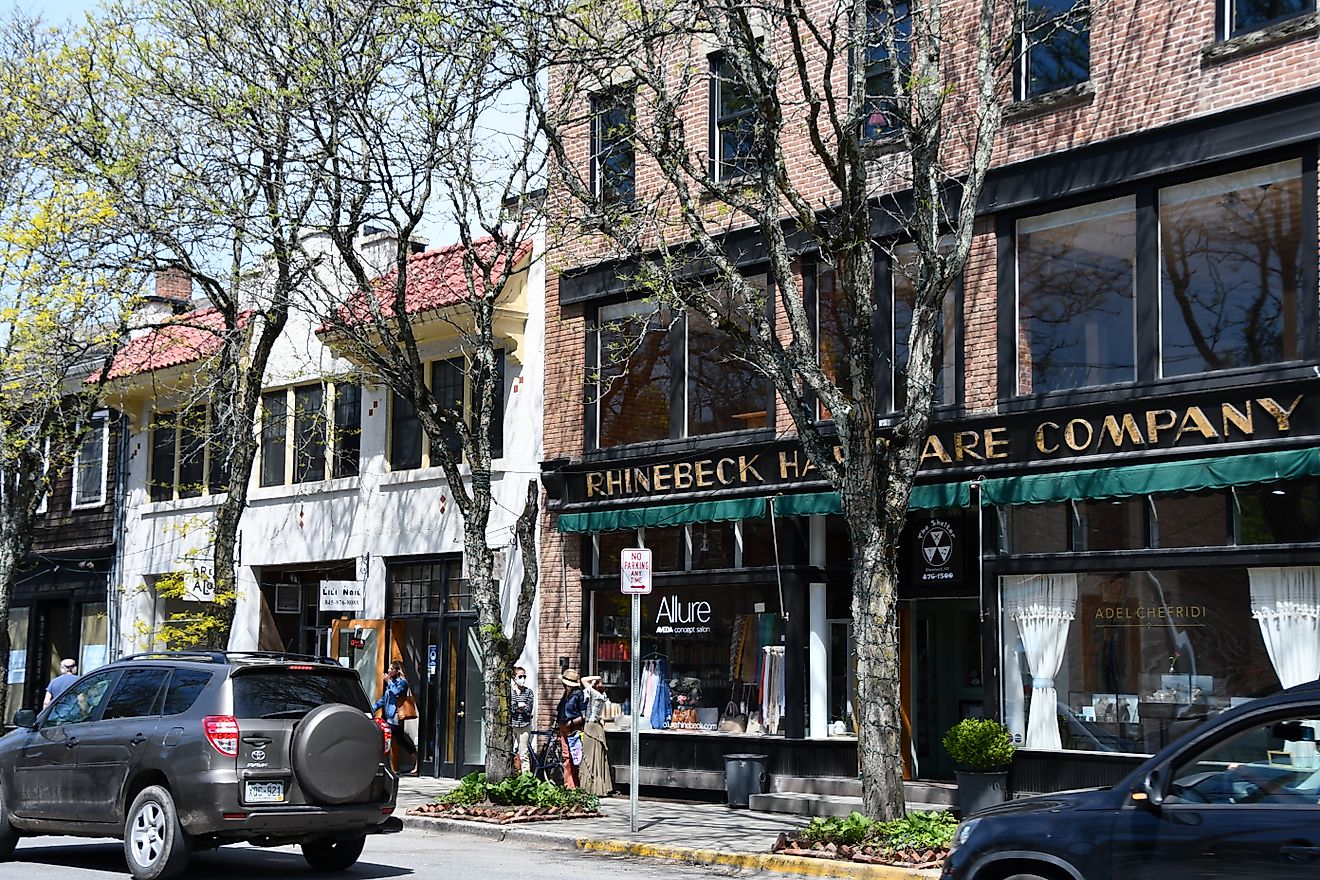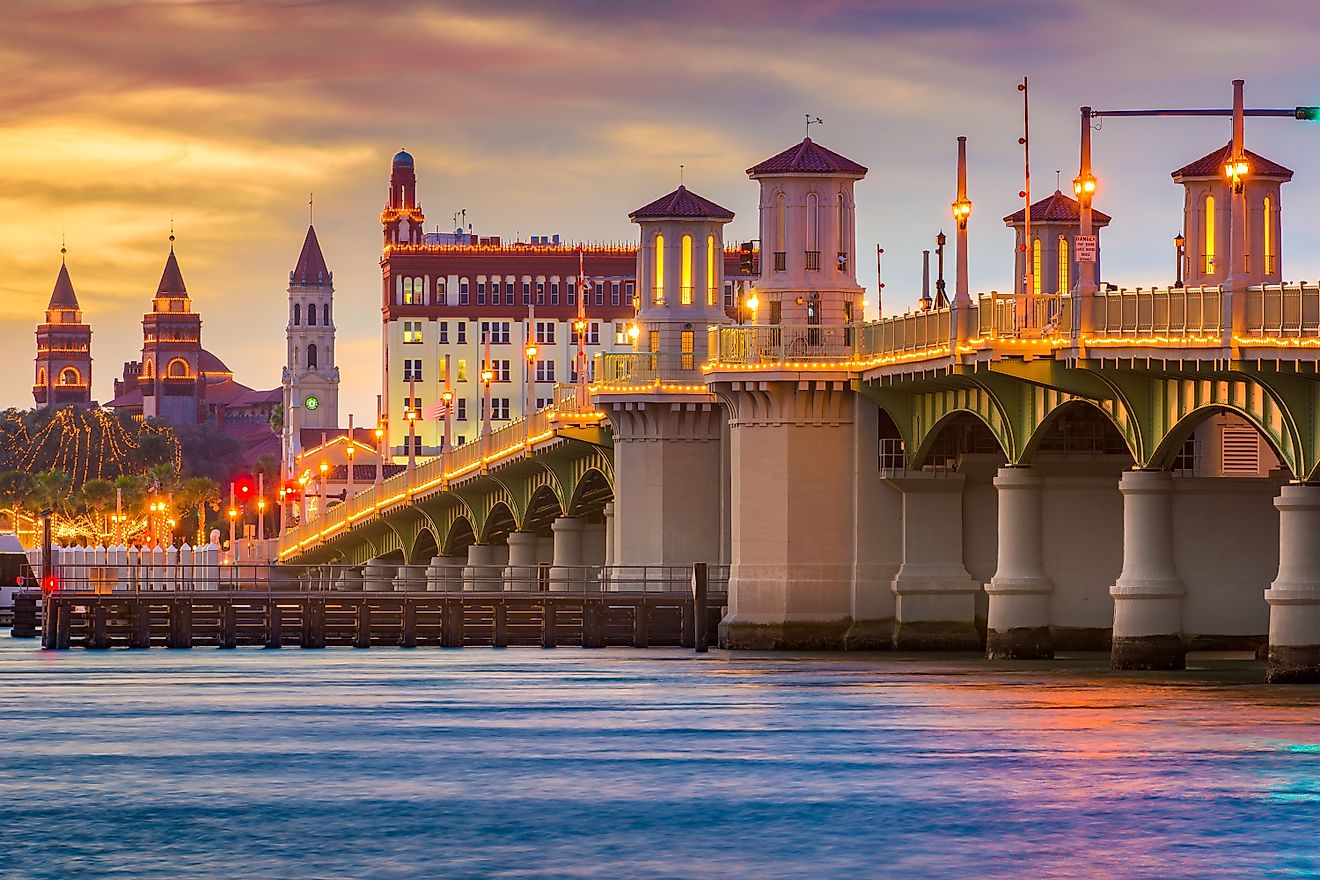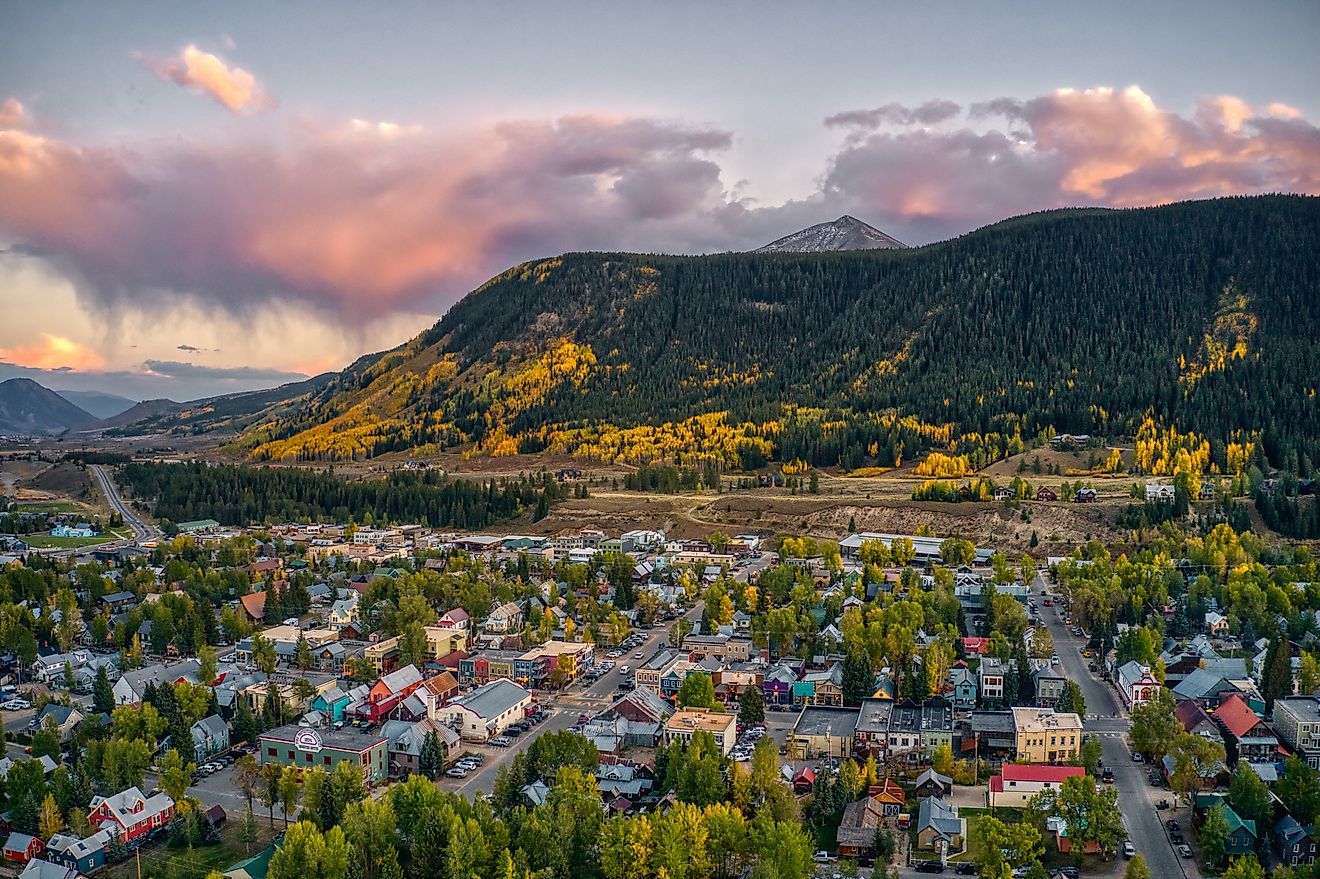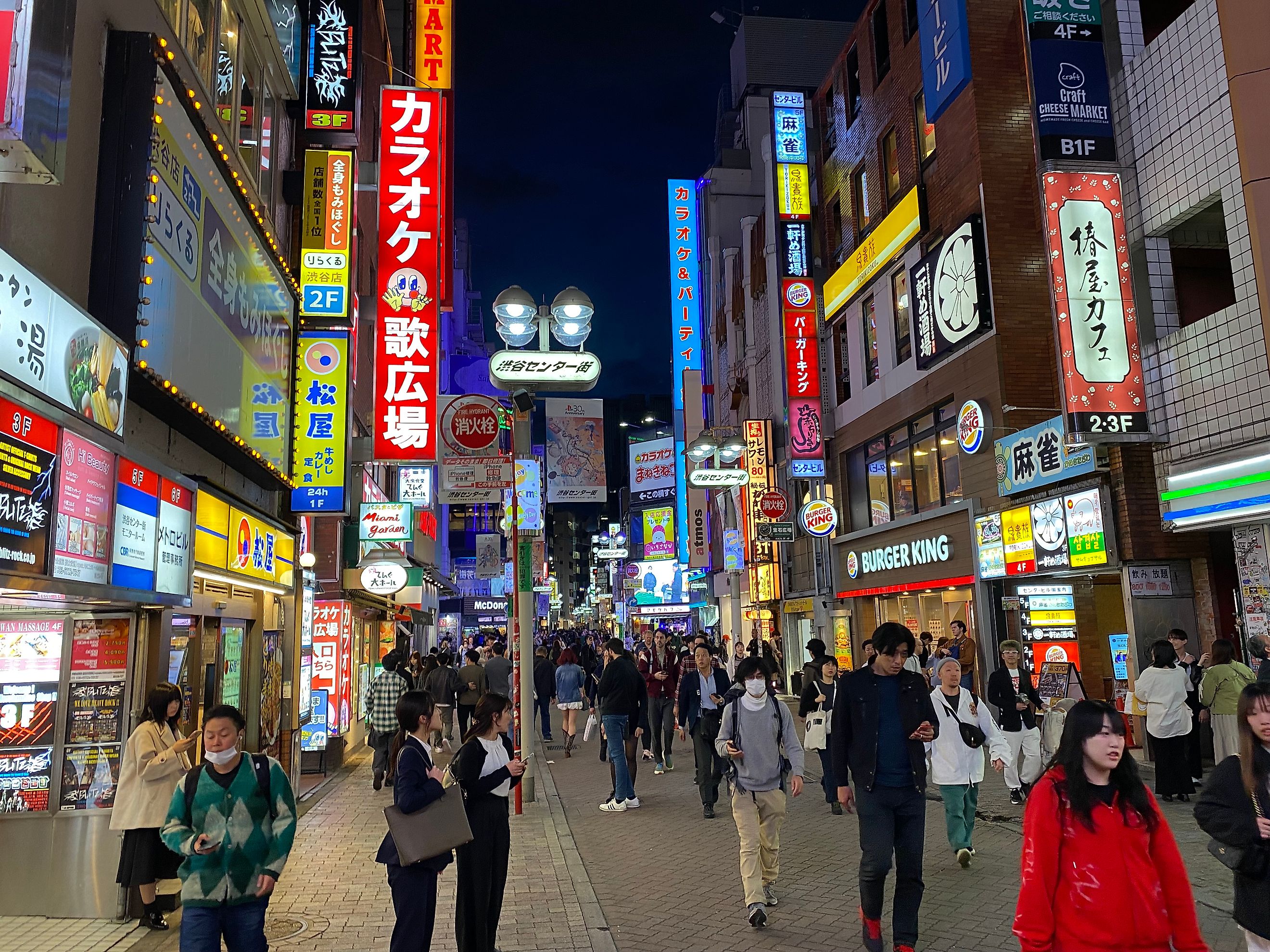
A Two Day Tour of Tokyo
Somewhere between the cozy izakayas, the enormous inner-city parks, and the dizzying, albeit thoroughly-connected subway, my girlfriend remarked, "Tokyo is like the London of Japan." Having traveled to both capital cities on numerous occasions, I have to agree that there are striking similarities. Tokyo seamlessly blends a traditional foundation with hypermodern overlays, tranquil green spaces (or riverside walking paths) with impossibly dense tourist districts, and trend-setting youth culture with nose-to-the-grindstone salarymen. It has the equivalent of an anachronistic pub scene (i.e izakayas), it has hosted the Olympics on multiple occasions (though, unfortunately the last one was somewhat spoiled by the pandemic), and you can get any type of food at pretty much any time of day.
Last time through this Japanese megacity, I booked a centralized capsule hotel in order to be close to the showstopper tourist attractions. This go-round, I set up shop in the residential outskirts so that I could peek into Tokyo's quieter, everyday side. But, of course, given the well-oiled transit system, I was never far from the action and made sure to check off a few new highlights. So if you find yourself with a layover in this mouth-watering, international hub, or you need to whittle that encyclopedic travel guide down to something manageable (but still memorable), then check out this two-day blitz of Tokyo.
Day 1: From Chill to Chaos
New to the Neighborhood
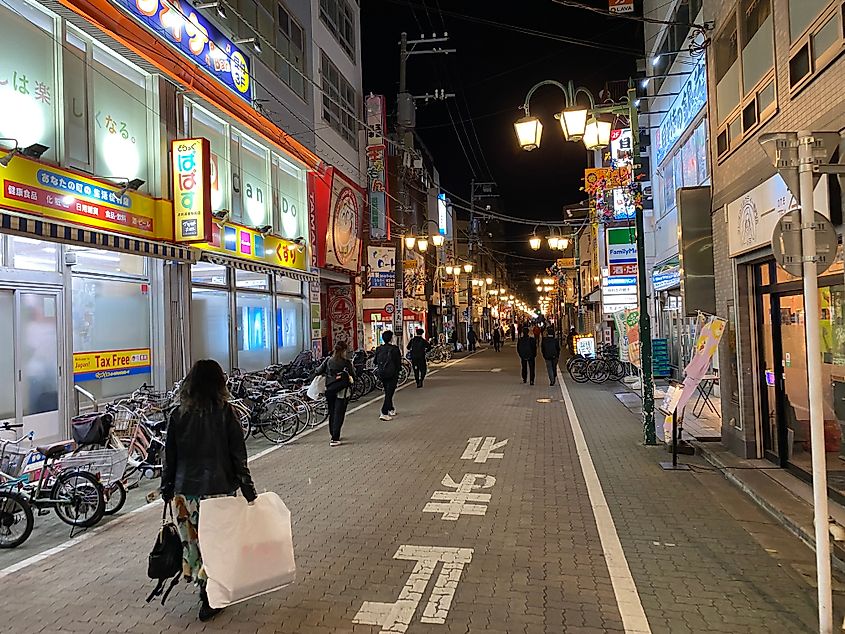
Tokyo is bursting with tourist attractions (which we will certainly get to), but it also has quieter and, some might say, more authentic sides. My favorite part of this particular trip was exploring the cafes and low-key restaurants (the ones we could get into anyway…more on this in a moment) of a peripheral residential area. In this case, I booked an apartment in a neighborhood called Ohanajaya, within the Katsushika Ward on the northeast side of the city. It was special, but by my estimation, completely typical—meaning a satellite stay of any kind is likely to produce a similar experience.
What I appreciated about Ohanajaya was its tranquility. I could walk the slim streets, day or night, without much traffic (there are more cyclists in these parts), and ogle at all the quaint, two-story Japanese homes (picture The Grudge only without the horror), and nondescript restaurants that you couldn't even tell were restaurants until you stepped inside. We did face one "Only Japanese!" refusal, but for the most part, everyone was friendly and welcoming, even in spite of the language barrier (which is more pronounced outside of the city's core).
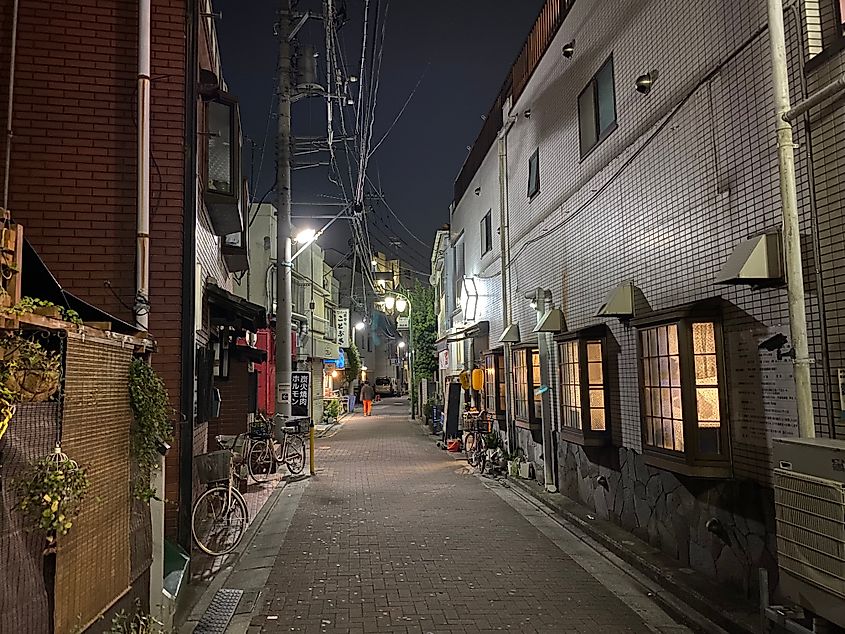
Note: During my 2016 trip to Tokyo, many traditional places had signs posted that explicitly forbade foreigners. Now, the litmus test comes when you step inside. Some places still refuse to serve anyone who can't speak fluent Japanese. It is what it is.
Lastly, there was a beauty to staying in a residential neighborhood and then strategically venturing into the heart of Tokyo's action. This was a balance that I shrugged off in my 20s, but now find refreshing in my mid-30s. After all, Tokyo's metro system is so sophisticated that you can get from Point A to Point Anywhere without delay, and for reasonably cheap. Yes, deciphering the map, platforms, and exits can be a bit challenging, but hey, that's all part of the "Lost in Translation" fun of Asia travel. Ultimately, Google Maps will set you on the right path. And if that fails, just go to the manned ticket booth and ask for help.
Shibuya Sensory Overload
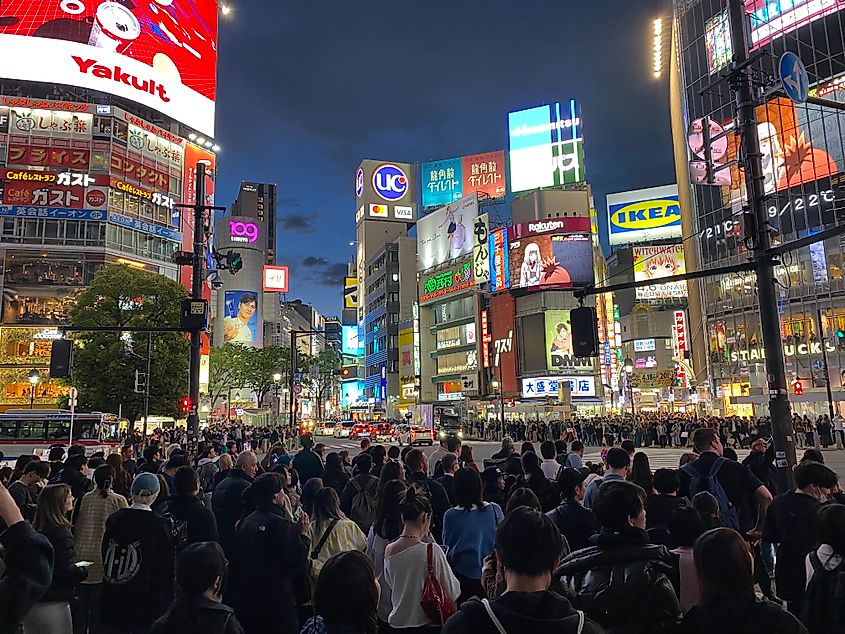
Featured in innumerable films, social media posts, and travel vlogs, Shibuya Crossing may be cliché at this point. But regardless, if you only have a short stay in Tokyo, it's one of the best ways to absorb the city's quintessence—especially at night. An estimated 3 million people pass through the namesake metro station every 24 hours, and each "scramble," which is to say, pedestrian greenlight, sees some 1,000 to 2,500 people fan out across the intersection. Being amongst the controlled chaos of this Asian Time's Square is exhilarating in and of itself, let alone following said crowds into the massive shopping and dining sector that awaits down every street.
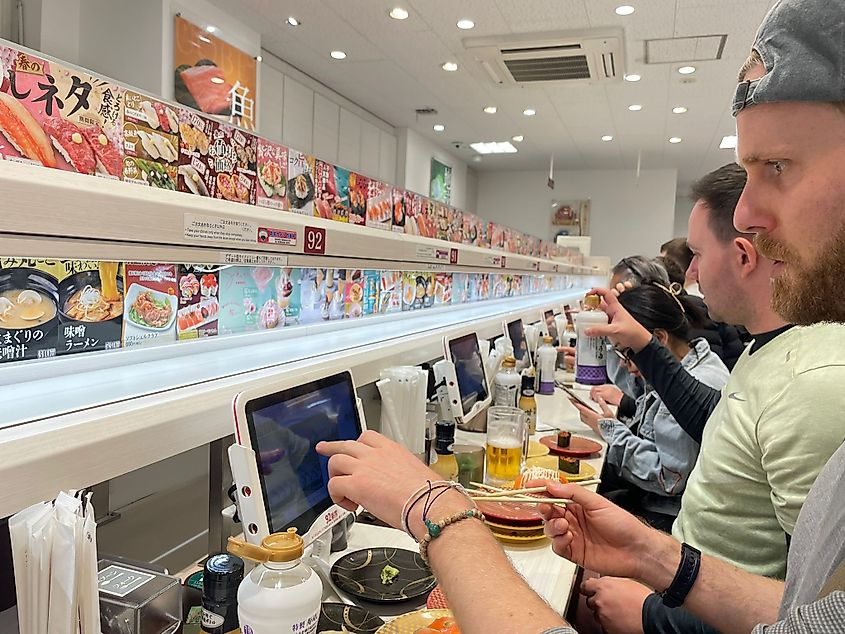
My friends and I had a hankering for conveyor belt sushi—the type of place where you click a picture of something on your designated iPad, and moments later, a ding-dong! sounds and the real-life (well, I guess it's no longer alive) thing rolls out to you on a trolley. It's truly a magical moment. As it turns out, hundreds of people had the exact same idea, and lined up around the exact same restaurant (Genki Sushi). Given the efficiency of the ordering system, the queue moves quickly enough, but I still recommend having a little 7-Eleven appetizer (they're everywhere) before committing to a dinner spot. A little onigiri to-go can really keep the hanger down and the enthusiasm up.
Though Shibuya generally tailors to extroverts, it does have a hidden(ish) gem that is mere steps away, and yet, worlds apart. Nonbei Yokocho (aka Drunkards Alley) is a set of narrow alleys filled with dozens of tiny bars. Each of these four or five-seat establishments specializes in different types of alcohol and light bites. Many of these bars used to display the infamous Japanese Only signs but have since opened up to the wide world of tourists. For instance, my group at Appre Whisky & Sake Bar consisted of two Canadians, a Romanian, a Vietnamese, and two Japanese, all being served by an Irish expat (who confessed that he prefers Japan's whisky over his homeland's). How's that for a melting pot?
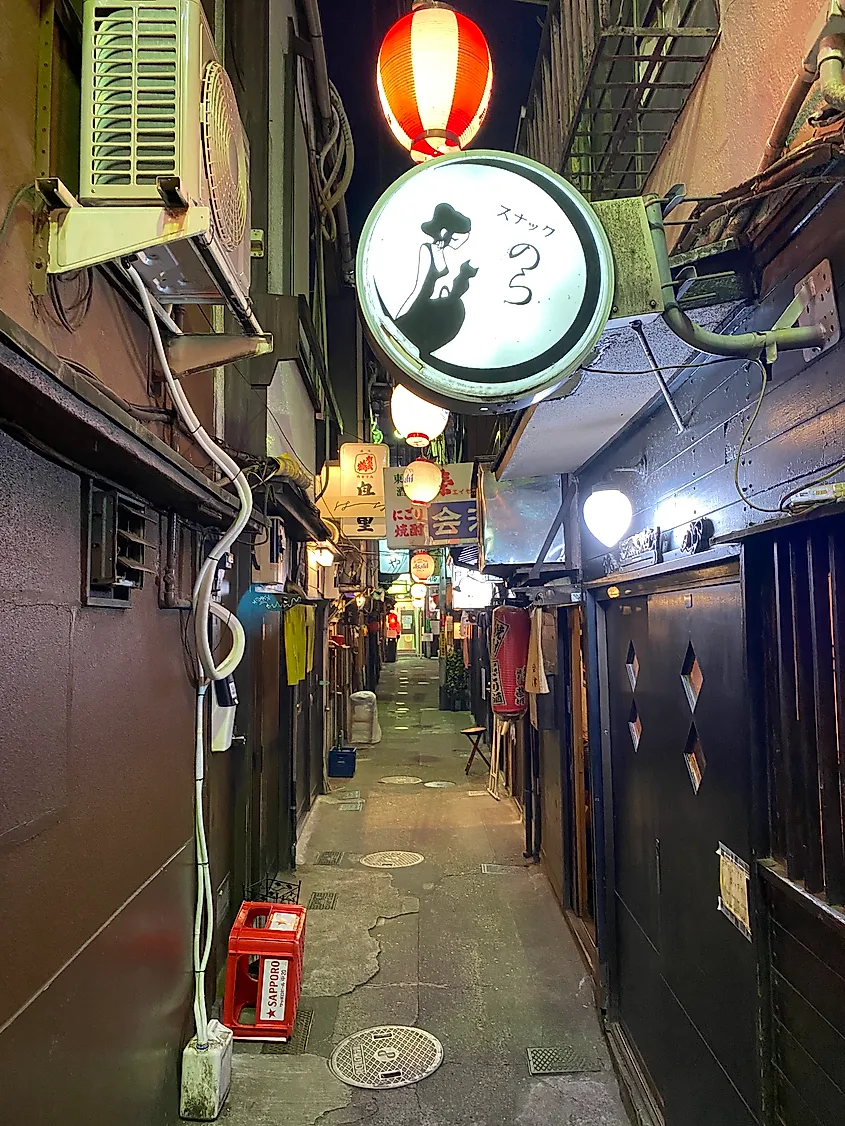
Be forewarned that these smaller establishments (not just at Shibuya, but other popular districts around Tokyo) charge a seating fee, and the menu prices are also rather steep. With that said, something about the authentic, anachronistic feel of this enclave makes it all worthwhile. In my opinion, spending $50 on a drink is a fair price to pay for a once-in-a-lifetime (or twice, in my case) travel experience. But with that said, you can always just walk up and down the strip without actually going into any of the bars (just tread lightly with pictures, as there are signs against that too).
Day 2: A Trifecta of Stops Along the Same Line
Ueno in Tokyo...
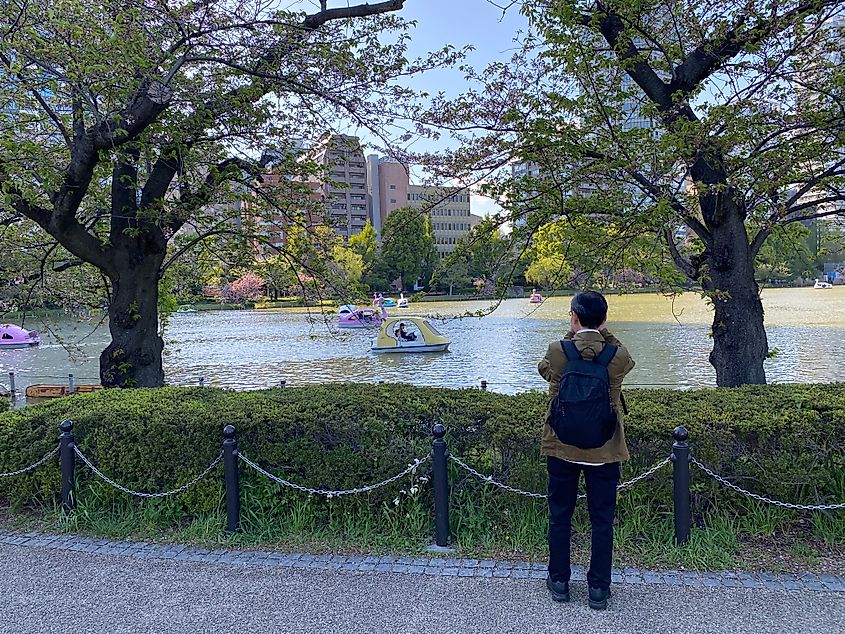
One of the best one-stop-shop districts in Tokyo is that of Ueno—pronounced (more or less) oo-eh-no, hence the cheeky subtitle. Exit on the west side of Ueno Station and you will be immediately confronted by the enormity of Ueno Park and all of the treasures that it harbors. In no particular order, there is the Tokyo National Museum (and garden), the Tokyo Metropolitan Art Museum, the National Museum of Nature and Science, the National Museum of Western Art, the Ueno Royal Museum, the Ueno Zoo (Japan's oldest), and the Buddhist shrine-punctuated, cherry tree-surrounded (they blossom in the early Spring) Shinobazu Pond, which is a lovely place for a stroll or a leisurely float in a pedal boat.
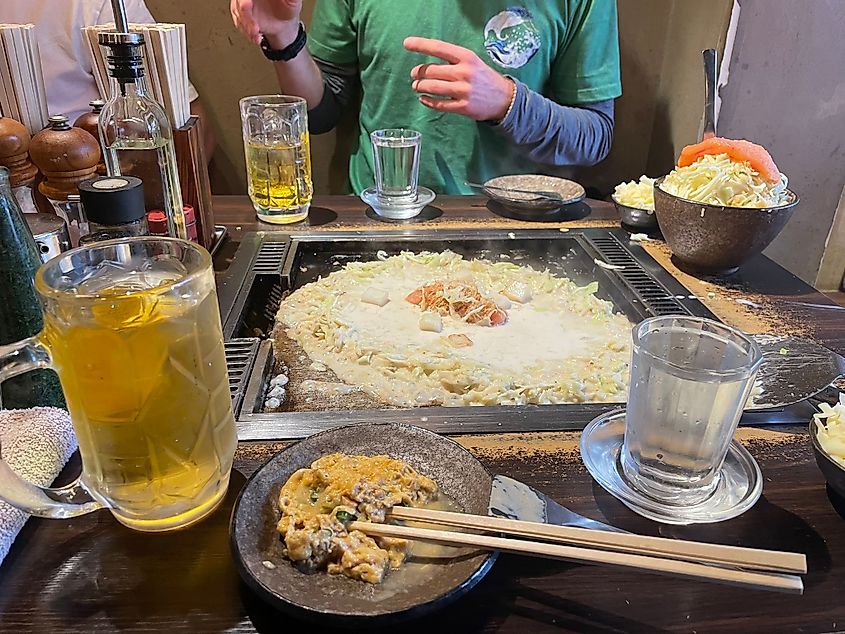
Exit Ueno Park on the south side, and you'll enter the rambunctious Ueno Ameyoko Shopping Street (or simply, Ameyoko, for short), where you can practice your bargaining skills and indulge your appetite. I recommend making a reservation at Monja Moheji Ueno to try their monjayaki (i.e. a Japanese savory pancake that they make right on your table) and grabbing some fresh cut fruit from the street stalls for dessert. Itadakimasu!
Akihabara
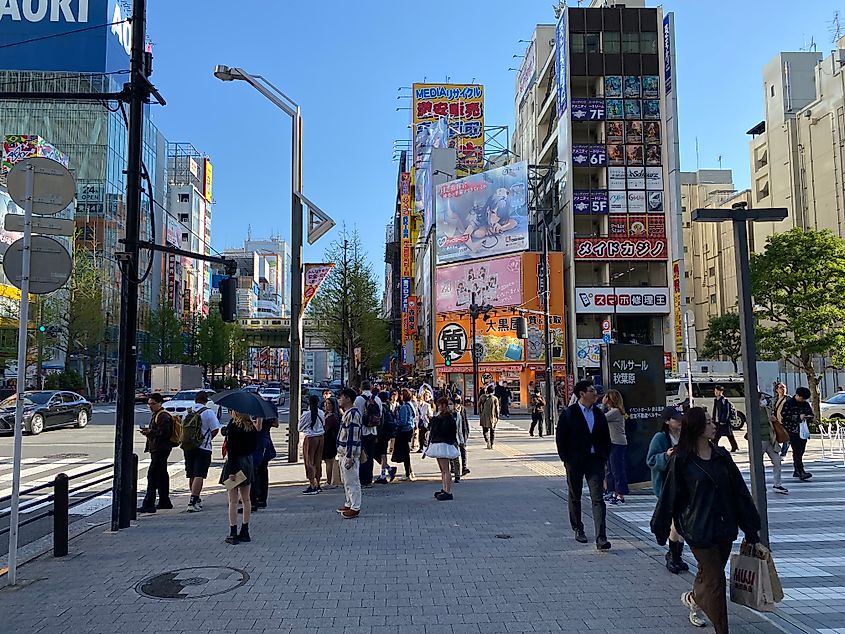
Ueno is just two subway stops (i.e. Yamanote Line) north of Akihabara—another vibrant and visually-arresting district. Akihabara is known for its manga and anime culture, plethora of electronics stores and arcades, media mania (there was even a pair of models shooting a commercial on the Mansei Bridge), and Maid Cafes (where cosplay waitresses serve up adoring conversation alongside the food). Though I did not partake in the fun and games, the string of young French maids handing out pamphlets, the bombastic billboards, and the aire of fantasy left an indelible imprint on this straight-laced hippie traveler. Akihabara is definitely a nerd's paradise, but it is also another novelty for curious western travellers to investigate. And contrary to probable expectations, my girlfriend actually picked this spot.
The Imperial Palace
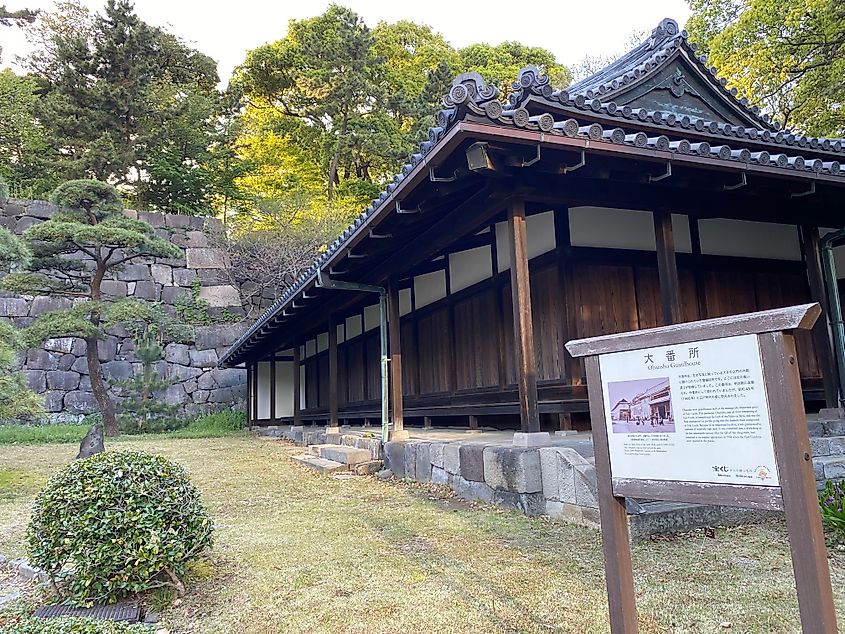
Jumping back on the southbound Yamanote Line for another two stops (plus a short walk, but that's the goal of this attraction anyway) brings us to the Imperial Palace. Once home to Edo Castle, and currently home to the Imperial Family, this massive green space reminded me of Hyde Park—if it was surrounded by a moat and stone walls. At 280 acres, these historic and idyllic grounds tailor to those wanting to learn more about Japan's regal and military past, but also anyone wishing to go for an uninterrupted jog, sprawl out in the grass with a blanket and a book, or (when in season) to marvel at more cherry blossoms. Tokyo may rightfully connote dense streets and neon signs, but it is also replete with parks and seemingly infinite river paths.
Sayonara!
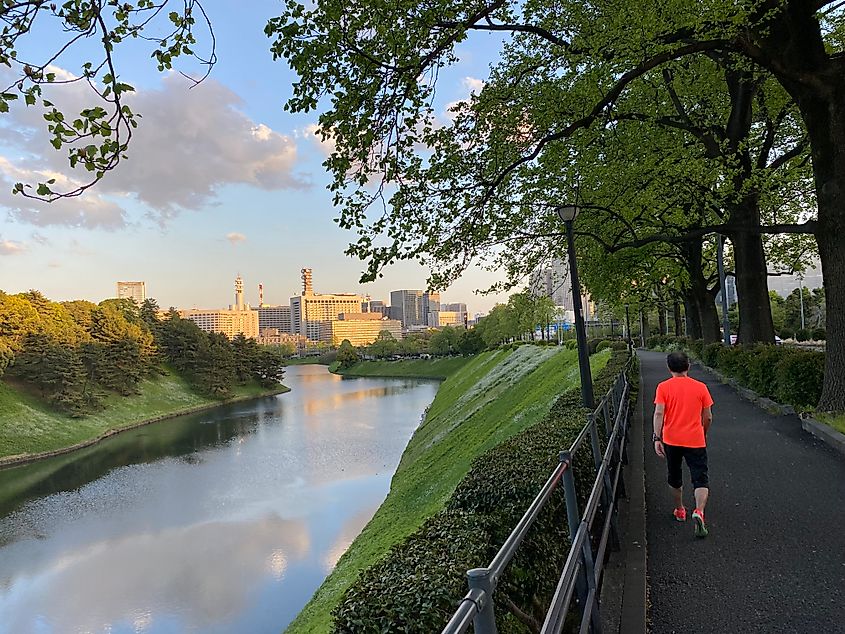
Tokyo is one of the world's great cities. It is bustling yet orderly, traditional yet trend-setting, and sprawling yet connected. The food can't be beat, the people are friendly (if reserved), and it is impossible to be bored. You can cram a lot into a single weekend, but the more time you can spend in Japan's capital, the better.
